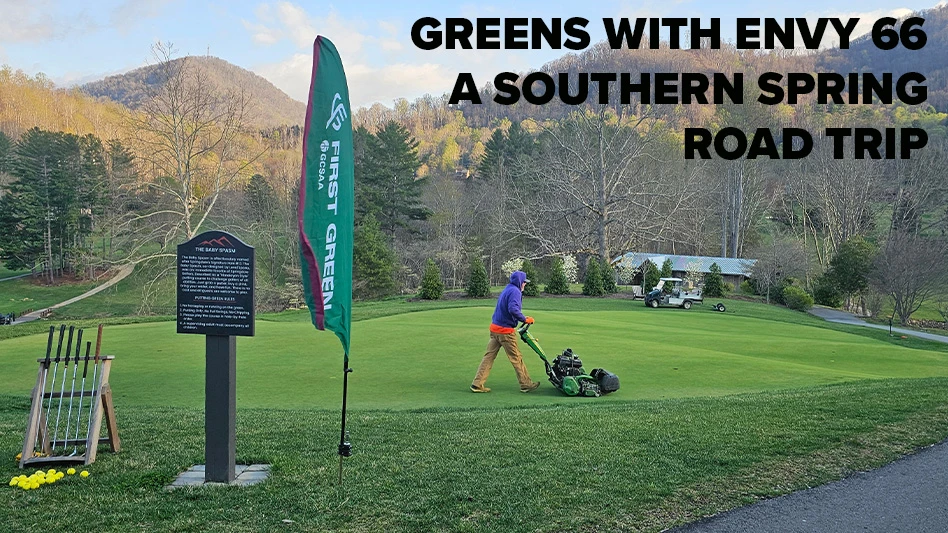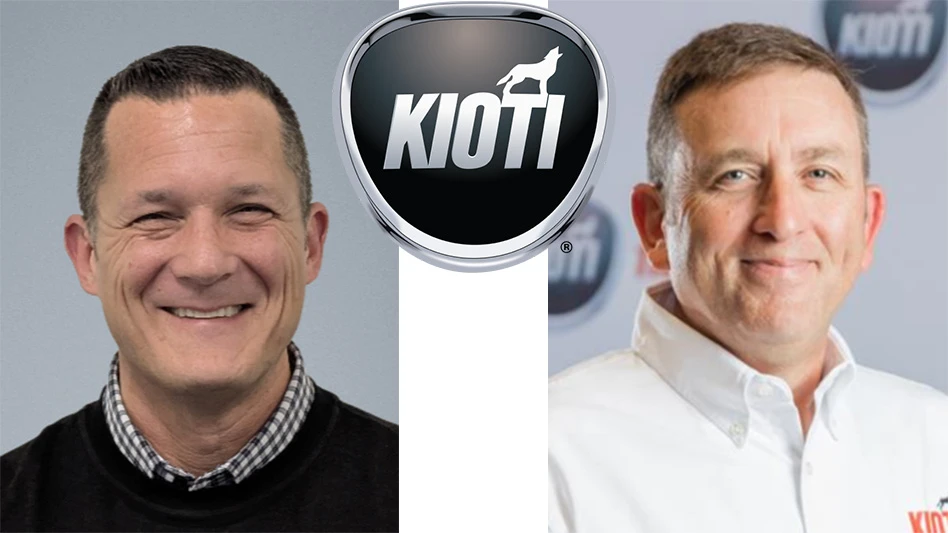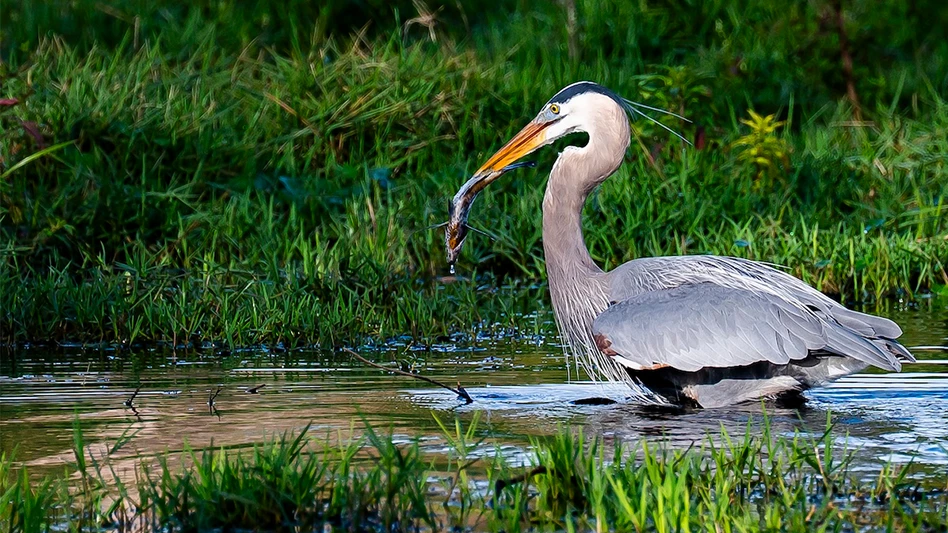There’s a lot of stuff in the golf industry that we’re trying to, as a collective group in sports turf, adopt from over there. I’d like to quit saying ‘over there’ and for us to get on the same page in general.
Matt Parrott manages high-valued Transition Zone turf. He faces labor challenges. His windows to complete agronomic tasks are shrinking because of increased revenue demands. He needs help.
He needs all of you.
Parrott is the head groundskeeper of the Charlotte Knights, a Triple-A baseball team in the middle of a 140-game schedule with 70 home dates. The International League honored Parrott as its Sports Turf Manager of the Year in 2017 and 2018, signifying he’s damn good at what he does. And damn good people look at other damn good people for technical and professional guidance.
Managing editor Matt LaWell interviewed Parrott for our “Play ball!” cover feature, which bundles a profile of a spirited renovation that produced Texas Rangers Golf Club with tips from baseball groundskeepers. LaWell interviewed a trio of successful groundskeepers and his conversations proved those responsible for ballpark brilliance aren’t much different than superintendents.
Parrott and his colleagues work long hours to produce a visually dynamic and safe playing surface. A baseball field, like a golf course, helps a participant or spectator escape the rigors of daily life. Sometimes the people creating an escape for others can’t escape the workplace.
The time between the season and offseason continues to shrink in all sports – if you even get an offseason. Concerts, soccer matches and football games stretch the people responsible for managing ballpark turf. Albuquerque Isotopes head groundskeeper Clint Belau’s team regularly flips a baseball field into a soccer pitch, allowing the New Mexico city to support Triple-A baseball and United Soccer League franchises.
Superintendents can relate to the year-round multitasking. Outings, weddings, winter play in the North, summer play in parts of the South and Southwest test turf and the fortitude of people responsible for maintaining it. Owners, operators, municipalities and members are seeking more ways than ever to utilize sports fields and golf courses. Does anybody see this trend slowing?
Superintendents and sports turf managers rarely share stories of trials and triumphs with the agronomy expert “over there.” The separation Parrott alludes to in his comments to LaWell unfortunately exists. In most cases, superintendents and sports turf managers have separate local and national associations representing their interests. The associations conduct separate events, yet, coincidentally, ask the same suppliers and vendors to financially support their shows, conferences and meetings.
When the golf and sports turf programming converge at state and regional levels, the scene often resembles a junior high dance. Superintendents stay in the golf room; groundskeepers stay in the sports turf room. Never mind that a person maintaining Fenway Park or Winged Foot Golf Club might be sharing his or her practices in the other room.
Networking and continuing education opportunities are among the many endearing qualities of the turf business. But confining your network to people who only manage greens, fairways, tees and rough – or infields and outfields – limits your professional bandwidth.
The experiences of a professional who aerates, fertilizes, sprays and mows turf for sluggers with gap power can enlighten somebody trying to expedite the recovery of turf battered by gap wedges. The profession, after all, isn’t getting any easier.

Explore the July 2019 Issue
Check out more from this issue and find your next story to read.
Latest from Golf Course Industry
- From the publisher’s pen: Technology diffusion and turf
- Applications open for 2025 Syngenta Business Institute
- Smart Greens Episode 1: Welcome to the digital agronomy era
- PBI-Gordon promotes Jeff Marvin
- USGA investing $1 million into Western Pennsylvania public golf
- KemperSports taps new strategy EVP
- Audubon International marks Earth Day in growth mode
- Editor’s notebook: Do your part





